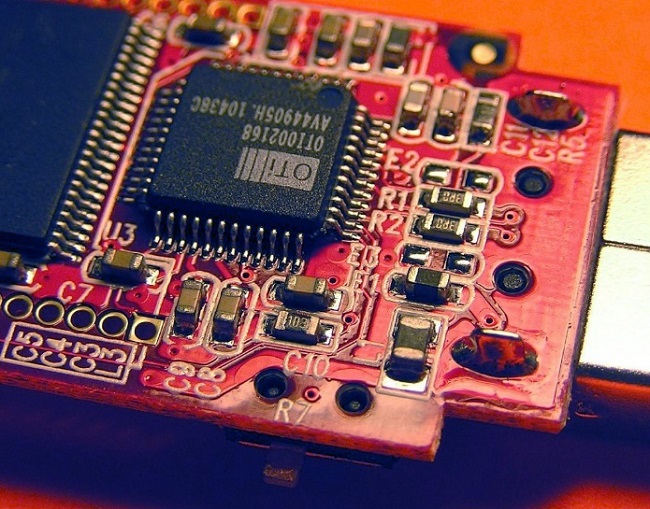Printed circuit boards (PCBs) are at the center of modern electronics. It would be impossible to construct computers, smartphones, tablets, or any contemporary gadget for that matter, without them. Prior to the invention of PCBs in the 1950s, circuit boards were exclusively hand-assembled and limited in scope, lacking the connective properties of multilayer PCBs.
The contemporary standard for PCB assembly is automated machine-assembly, but some electronics hobbyists and inventors still choose to hand-assemble their boards for low-volume prototyping. This approach may be cost effective when the alternative is buying in bulk from a large-volume OEM, but it can create numerous problems, including inconsistency, lengthy development time, high production cost, one-to-two-layer design limitation, etc.
Low-volume machine-assembly is the better solution, combining the positive qualities of large-volume machine-assembly with the flexibility of hand-assembly. But why pay someone else to assemble a few boards when you can do it yourself? There are a number of compelling reasons:
1. Decrease overall cost (Assemble Electronically First)
Some low-volume SMT assemblers use proprietary software to create digital representations of design schematics. This allows PCB designers to reduce the risk of project delays and assembly holds by fixing design errors such as incorrect footprints, missing polarity marks, etc., prior to beginning the assembly process. By examining the BOM and Gerber files for potential assembly issues, staff engineers help iron out the kinks by ensuring every component is correctly placed on the PCB.

The complexities of BGA placement makes machine-assembly a good choice.
2. Removes hassles of hand-assembly
Hand-assembling a PCB can be extremely difficult; not only are electronic components and boards getting smaller, but every part must be perfectly soldered. With shorter development cycles, engineers usually do not have time to “learn from their mistakes.”

A raw-looking two-layer hand-assembled PCB.
3. Shorten produced development cyc le
The time investment for hand-assembly ranges anywhere from a day to a full week, depending on the board’s complexity. The convenience of partnering with an assembly service not only grants you the peace of mind in knowing that your board will be returned in pristine condition, but frees your schedule for other aspects of design and production. Multiple steps can be completed in parallel, saving production time and money.
Consider this scenario: An engineer spends 5 hours hand-assembling a board at a rate of $100/hr. The engineer could have spent the same 5 hours working on other aspects of the project. Therefore, actual time ($500) plus opportunity cost ($500) equates to a total cost of $1,000 to hand assemble the project. Depending on the outsourced assembler, the same project would cost 2 to 3 times less.
4. Professional quality extends to prototypes
Whether it is to pitch an idea for funding, take a project to a tradeshow, or impress the boss, engineers need professional-looking and consistent electronics, devoid of solder globs and uneven traces. Automated SMT assembly via machines creates production-quality prototypes that are immediately presentable and functional; the neatness of the soldering and the copper trace will reduce the likelihood of future problems.
Manufacturing processes are typically certified by the International Standard Organization to ensure customers receive the highest quality services. As an example, Advanced Assembly has achieved ISO 9001:2008 certification, and makes use of sophisticated technology such as Vapor Reflow, BGA X-Ray, Flying Probe, and Automatic Optical Vision Inspection (AOI) machines.
5. Consistency and accuracy
Automated machine-assembly preserves likeness across every unit produced, virtually abolishing the variations that would otherwise result from hand-assembly. This consistency makes it easy to create additional working copies of the PCB if ever requested at a later point.
Furthermore, developing a long-term relationship with a PCB assembly partner helps capture and store changes or specific criteria for future use. This “tribal knowledge” is critical for error-free, repeatable projects.
In conclusion
PCB assembly services are now affordable, accurate, and fast thanks to machine automation, ensuring that PCB designers looking for high quality assembly are no longer forced to buy in bulk. Instead, they can get the professional service of large-scale OEMs on their small-volume orders.
Advertisement
Learn more about Electronic Products Magazine





